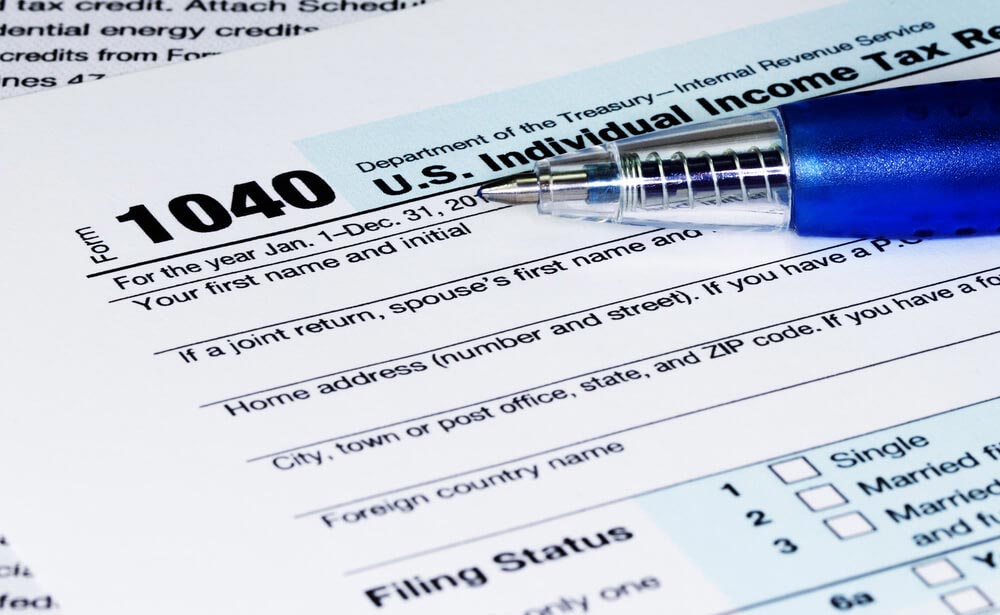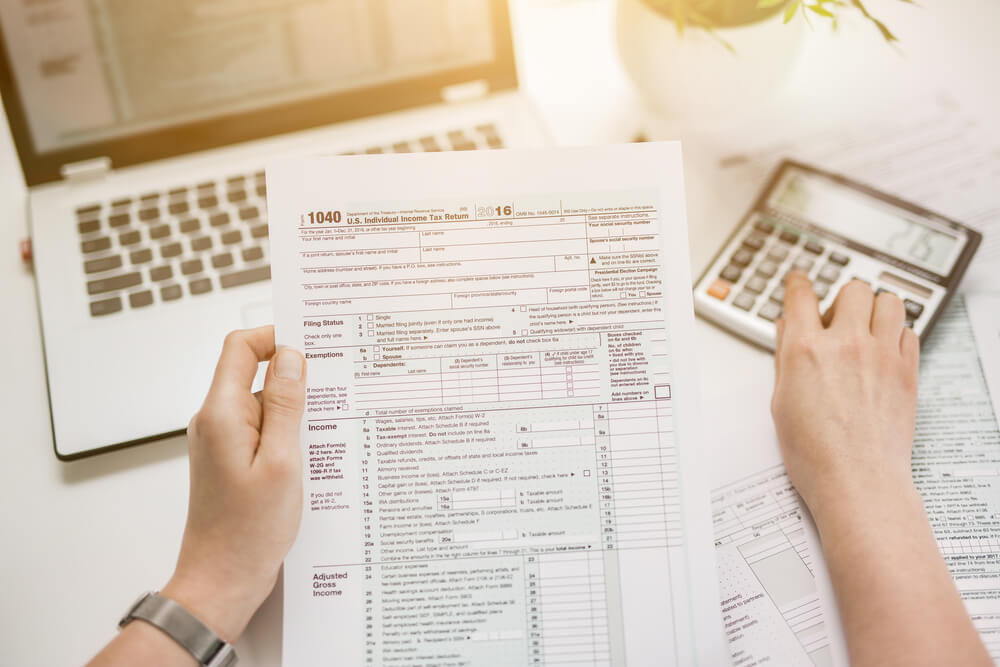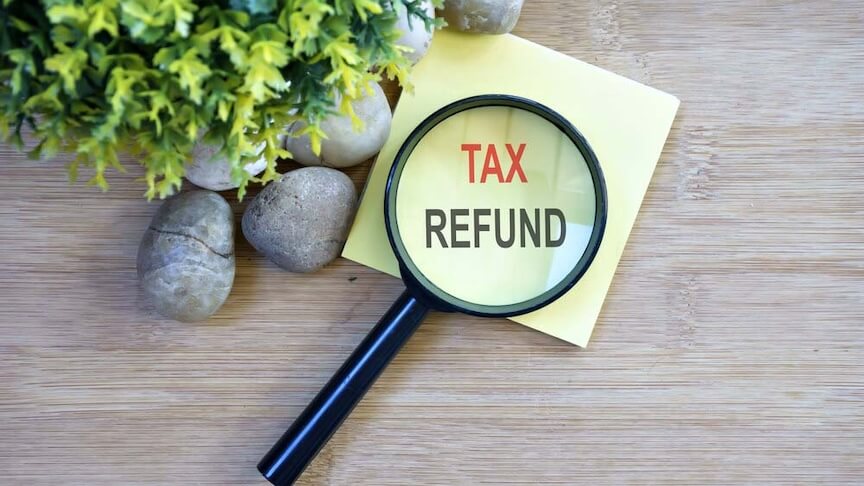When you file your taxes, you may notice that you have a few different options for collecting your refund. For most taxpayers, direct deposit is the quickest and easiest way to receive a tax refund. If you are considering using this method, it can be helpful to understand how direct deposit works for tax refunds. This guide will address some of the most frequently asked questions about obtaining a refund.
How to Sign Up for Direct Deposit for Tax Refund
Signing up for direct deposit with tax refunds doesn’t have to be a confusing process that leaves you wondering things like, “Do I use a deposit or a normal check number for refunds?” It is actually quite simple. When you complete your taxes with tax software or through a tax preparer, you can choose between direct deposit or check. If you choose to file a paper return yourself, you can even request it right on the 1040 tax return form or Form 8888.
The IRS will then ask how you want the money sent. You will need to have a bank account in your name, your spouse’s name, or one that is jointly owned by you and your spouse. You then enter all the information about your bank account on the relevant forms. After that, your work is done. You just wait for your bank tax refund direct deposit to show up.

Making Sure Your Bank Tax Refund Direct Deposit Is Safe
Direct deposits can be a very safe and reliable way of getting your tax refund. However, there are a few steps you can take to ensure your information remains secure. First of all, only use a trusted tax preparation method. Avoid using random websites on the internet without researching them first. There are many online tax preparation scams that may try to steal your refund. Beware of phishing emails or phony websites that appear to be from tax professionals.
When you request a direct deposit, the IRS states that they have no liability for any mistakes you make on the form. This means that if you transpose numbers or put in a wrong digit, the IRS might end up sending your direct deposit to a random bank account. Therefore, it is important to be as careful as possible. Triple-check all your information to ensure you input the routing and account numbers correctly.
Why Do You Get Charged for Direct Deposit of a Refund?
Receiving a direct deposit into your bank account for a tax refund should never incur any fees. The IRS provides this service free of charge because it saves them money. Mailing each paper refund check costs $1, so the IRS prefers people to get digital transfers instead.
Usually, the only reason you get charged for direct deposit of a refund is if you did your taxes through an online tax refund service that charges for its services. If you purchase a service like TurboTax, the company can deduct the cost of its program from your tax refund. Though rare, it’s possible for your bank to charge you some sort of direct deposit service fee.
How Long Will Your Direct Deposit for a Tax Refund Take?
The answer to this will depend on when you filed your taxes. The IRS guide on how direct deposit works for tax refunds states that it will take anywhere between three and eight weeks from the time you file your taxes. Expect it to take longer for your tax refund to appear in your bank account if you file a paper tax return. This longer waiting period is due to the fact that the IRS takes longer to process paper returns. When you file electronically, you usually get your bank tax refund via direct deposit within a month.
Another factor that can affect the length of time you wait for your tax refund is what sorts of credits you file for. The IRS states that the Earned Income Tax Credit and Additional Child Tax Credit require a little longer to process. Please note that various government issues may also delay tax refunds. When the IRS is understaffed or overwhelmed with an unusually high number of returns, it may take them longer to process and send out tax refunds.

Is There a Limit on How Many ACH Payment Direct Deposits You Can Use?
There is a lot of flexibility in choosing to get a direct deposit for a tax refund. You are allowed to split your refund between three different financial accounts. This allows you to do things like send an ACH payment to your bank account with half the money and place the other half in your IRA.
There is currently no limit on the number of ACH payments one bank account can receive for tax refunds. For example, if you, your spouse, and your child all wanted to deposit refunds into a joint family account, that would be allowed. Please note that your bank’s automatic fraud detection may temporarily freeze funds if a suspiciously large number of refunds are routed to a single account.
What Happens If You Make a Mistake?
Even if you are double- and triple-checking your tax forms, it’s still possible to get confused and enter the wrong information. Depending on the type of mistake, you may have several options for correcting it. In cases where an account or a routing number was left off your form, the IRS may not be able to send the refund through direct deposit at all. Instead, after they automatically catch the mistake, they will send you a check with your deposit.
If your mistake is not automatically noticed by the IRS, you have a few options. First of all, you can change your account routing information if you contact them before they have a chance to process your refund deposit. If the funds have already been sent to the wrong bank, contact the ACH manager at the bank. In some cases, they may be able to send the tax refund back to the IRS. Individuals who have not yet received their refund can complete Form 3911, a Taxpayer Statement Regarding Refund, and submit it to the IRS. This allows you to go through the formal process of requesting a refund to be sent to you.
If you need help with checks or ACH payments, Checkissuing.com is here to assist you. We provide a reliable method for sending checks and managing ACH payments. Our staff members are recognized for their exceptional customer service, and we consistently send out payments on time. To learn more about our services, contact us today.
Last updated: September 2025

